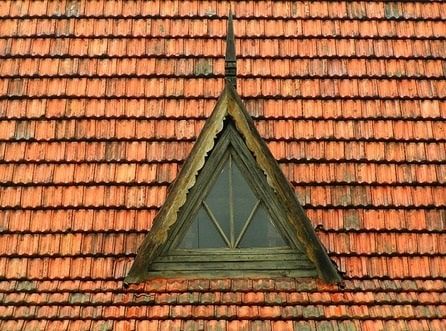The earthen architecture, a millenary technique still in use today
Today, and after several centuries, this millenary technique of earthen architecture and construction is still used in some indigenous communities in Mexico.

More than three thousand years ago, the lack of stones and other construction materials did not impede for Olmec hands to build magnificent pyramids and residential complexes made of earth or clay mixed with vegetable matter. Today, and after several centuries, this millenary construction technique is still used in some indigenous communities in Mexico.
The Olmecs were one of the first civilizations to use earthen architecture during the formative period, that is, in the pre-classic and classic eras. The oldest ceremonial centers planned and built on platforms and bases made of compact earth are dated between 1200 and 900 BC.
Examples of these centers are La Venta, Tres Zapotes, and San Lorenzo, the latter located in the southern part of the state of Veracruz. In addition to the Olmec culture in this state, another civilization that built its temples from the earth was La Remojadas, which was established in the center of the state, mainly in the area known as La Mixtequilla.
Just like the pyramids built with stones or slabs, the earthen ones reached up to 25 meters high, the majestic constructions had well-defined areas, bodies, stairways, stairways, alfardas, columns, and floors, all of them made of rammed earth, as resistant as the stones.
The influence of Olmec architecture throughout Mesoamerica can also be seen in their ceremonial centers, designed in such a way that they had a certain orientation about certain stars.
From mud to construction material
Faced with the lack of stones, the Olmecs began to experiment with vegetable materials that they had around them to build their temples and rooms. They discovered that the mixture of earth, grass, and other vegetables gave them the resistance and malleability to construct large buildings.
The resistance of the materials is such that to this day, both the Olmec constructions and those of the Remojadas culture are only eroded by the passage of time. The Olmec first moved large quantities of earth to the sites where they wanted to build, then they mixed it with a little sand and other vegetables to start tamping it until they formed platforms or foundations.
This work meant a great human effort since there were no animals to carry or transport them, but the indigenous people themselves had to carry and transport the earth in huge baskets. This process speaks of the great social organization that existed among the cultures since everyone had special jobs assigned to them.
When they concluded the compaction process, they continued with the formation of walls, stairways, columns, and then the flattening or plastering of the structure, which was done by hand. All this resulted in constructions with the architectural style known as talud-tablero.
In some vestiges, even remains of bajareque or cane have been found, which was superimposed on the walls before plastering, so that the mixture of mud and sod would be firmer. This same system is still used in the construction of adobe huts in some indigenous towns.
On some occasions, after the walls and floors were plastered or smoothed, they were baked to give them greater durability and firmness. Although the only known vestiges of earthen architecture in Veracruz are of large constructions, it is also known that this technique was used for the construction of housing complexes.
To avoid landslides, the indigenous people implemented a system of rainwater filtering gutters, which were built with burnt clay, this system represented a strong engineering work, because the foundations managed to remain to stand, despite natural phenomena such as storms and the passage of time.
Earthen architecture also laid the foundations for the construction of adobe blocks, a material used for many years to build houses throughout Mexico.




